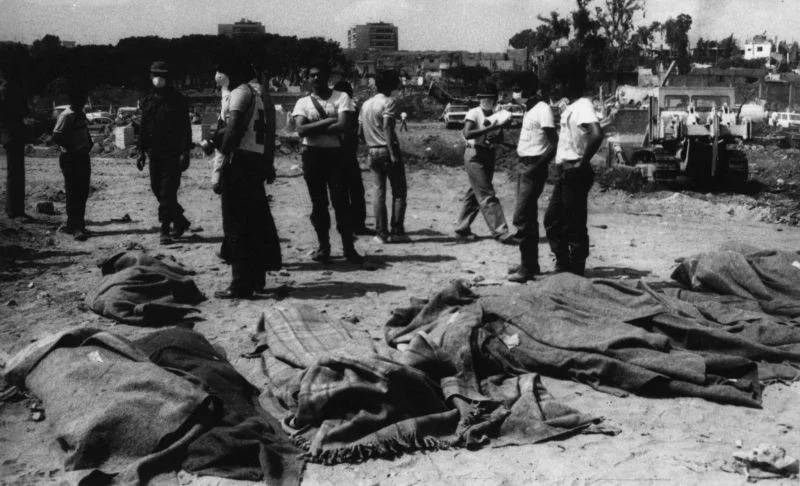
In the mass graves, under the rubble of houses razed after the massacre of Sabra and Shatila, the camps turned into an open-air cemetery. (L’Orient-Le Jour archives)
It was 40 years ago. A year of dust and blood for Lebanon, of rumors that became reality, hobos reappearing as spies and Israelis inviting themselves to Bikfaya for a funeral.
The situation was not unique to Lebanon. But it drew the international spotlight. It was the year 1982. The year of the amusingly named “Peace in Galilee” Israeli operation and the shortest presidency in the country’s history.
It was the year of Yasser Arafat’s short-lived farewell and of a massacre of civilians camouflaged under a garbage dump. A fiasco. A new “Stalingrad.” The year when everything changed, and the year when nothing changed.
This is the fifth and last article of our series dedicated to the summer when everything changed.
OLJ / Lyana ALAMEDDINE and Soulayma MARDAM BEY, 16 September 2022 17:24

In the mass graves, under the rubble of houses razed after the massacre of Sabra and Shatila, the camps turned into an open-air cemetery. (L’Orient-Le Jour archives)